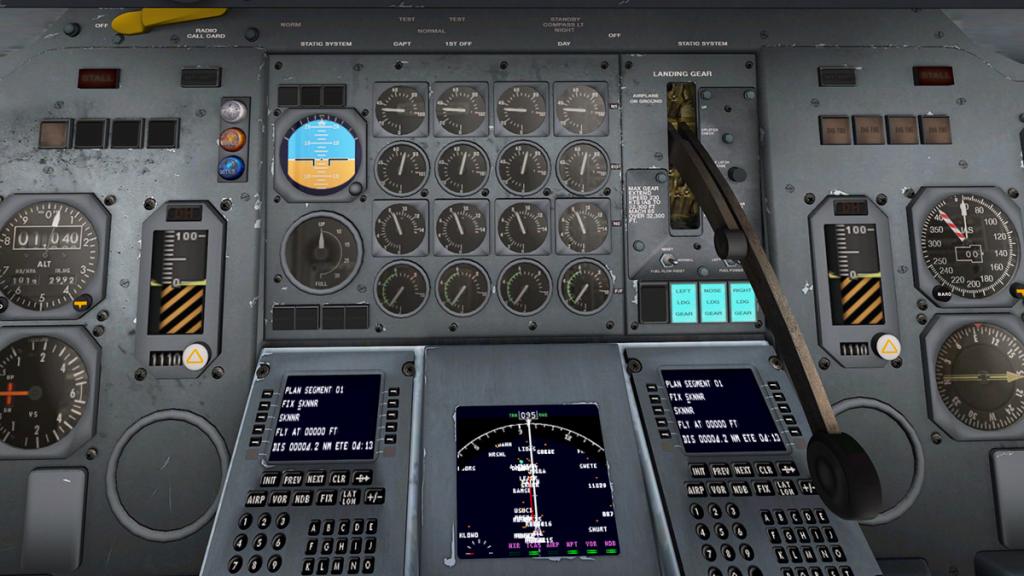I am in sterile cockpit mode whenever I'm in the pattern. Coming in, I start at the descent to the airport, just before downwind, or when I start configuring for landing, depending on which happens first. My main concern is skipping something on the list because I'm thinking about something else. Going out, I'll stop when I have the plane configured for cruise. Landing, I'll stop when I'm clear of the active runway uncontrolled, or where I need to be, if there's a tower. Taking off, I start either just before runup, or if controlled when I start moving.
For passengers, I don't explain it as a distraction. I explain that I'm only smart enough to fly the plane and keep an awareness of other traffic. I have as much configured as I can before entering downwind, so that I can do a check on downwind, and on turning final. Short final, I expect to go around. I reverse that decision if the levers are right, gear is down, speed is good, and my landing point looks good. I don't do that because I have a great plan, it's force of habit as most of the approaches I made in training were lousy.
All that said, I'm afraid of gear up landings when I'm sitting at home on the sofa, let alone in the air.

